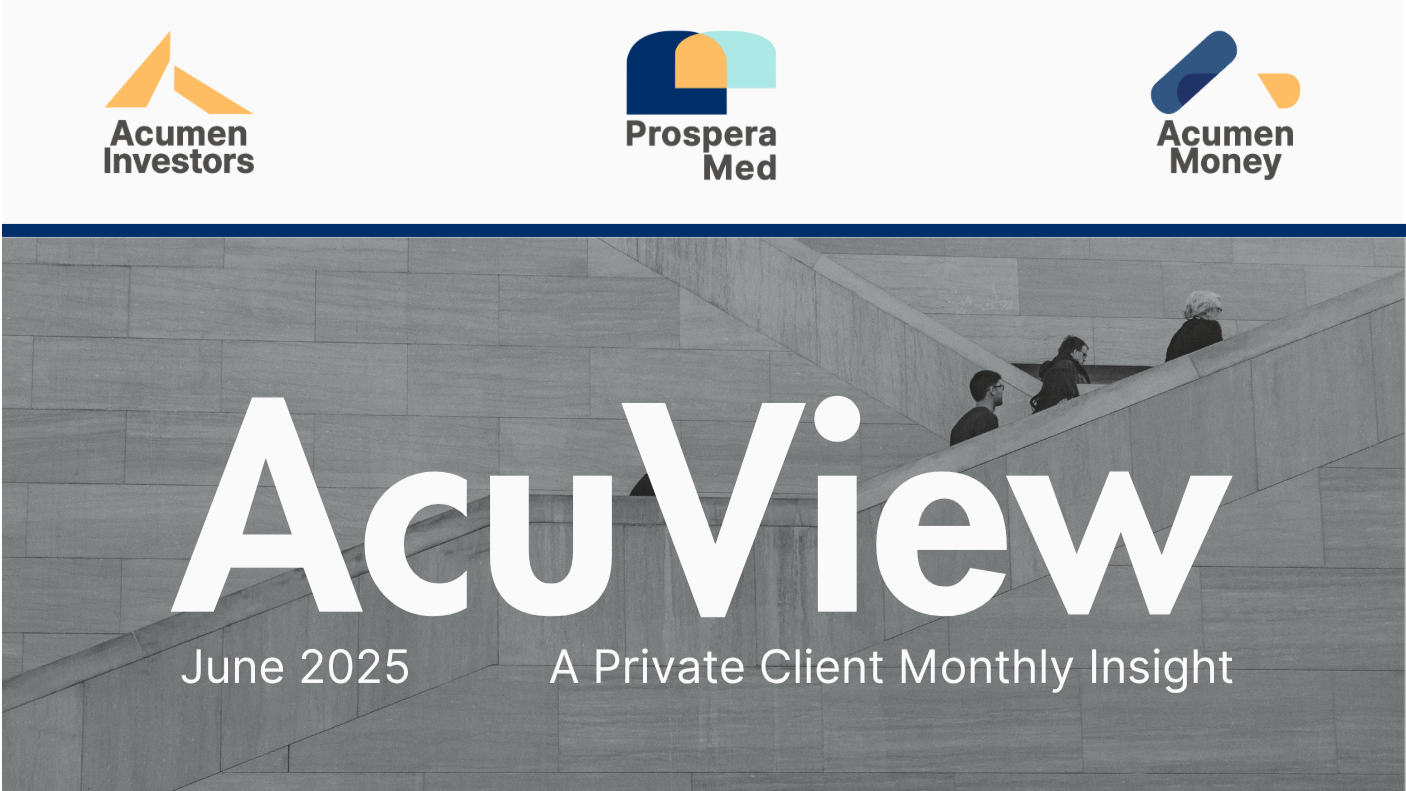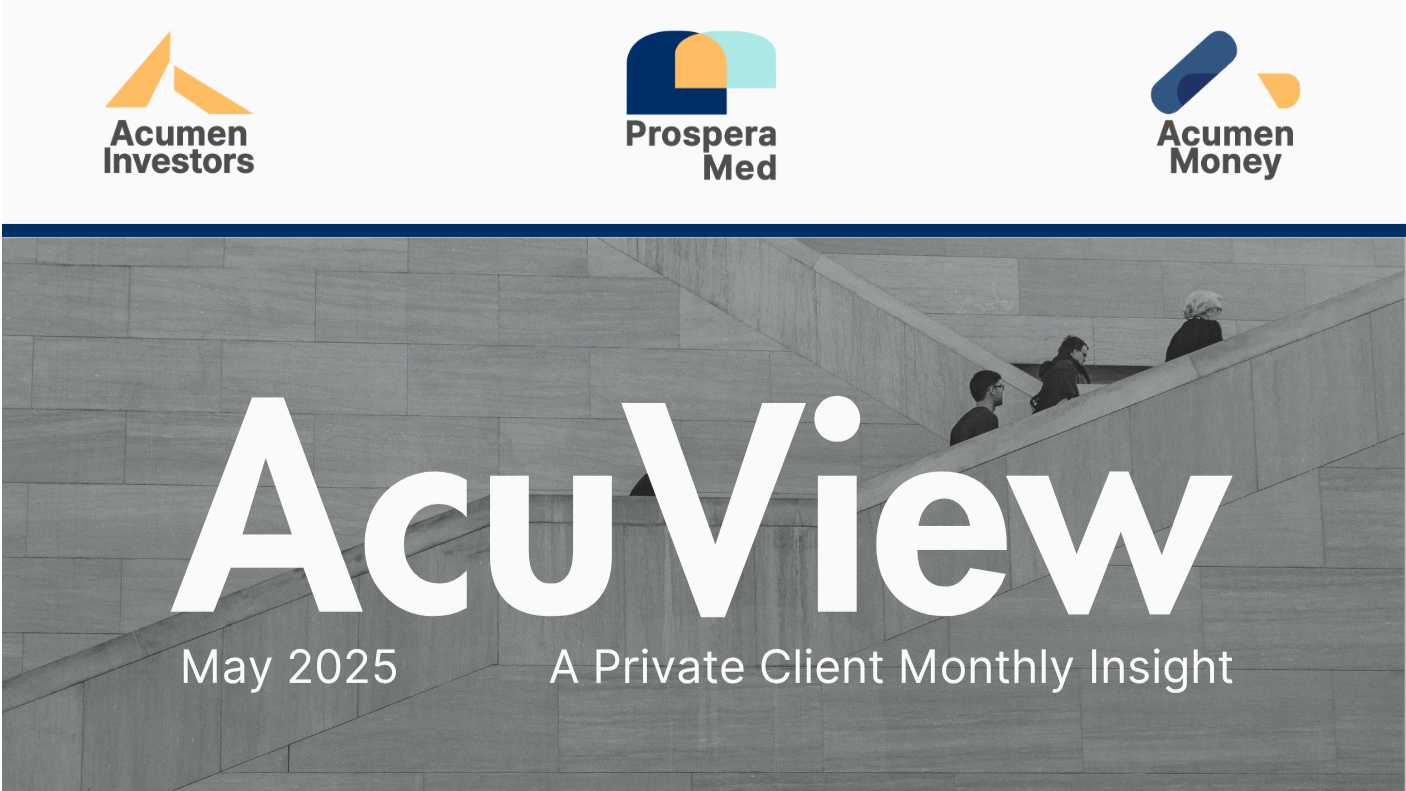Still Unsettled

Photo by Ryoji Iwata on Unsplash
 Figure 1: Stock Market Movement Scale Sep23
Figure 1: Stock Market Movement Scale Sep23
In the month of September, we saw indices going backwards, with the S&P/ASX200 returning -2.84%, though it outperformed US' S&P 500 by 2.03% (S&P 500 was down -4.87%).
EquityPlus Model's performance was a tad better than the Index at -2.15%, aided by an index Put option bought and sold within the month for a profit of about 24% and a mini long position on BHP which returned 11% in the month, that helped bolster the overall portfolio performance.
What's Next?
This month, we have seen more variables enter the investment market. So far, the Israel-Palestinian conflict has affected more of oil and gold prices (upwards) rather than the stock markets (downwards). However, we are seeing other effects being played out, especially from the story told by the bond market.
Yield Surge
The US 10 year Treasury yield surged to a high of 4.81% on Oct 3, 2023 (Chart 1) after the September FOMC (the Federal Open Market Committee, US’ monetary policy body) meeting. At the face of it, it speaks of the market's expectation of a higher for longer rate scenario (less confidence of rate cut next year), or the hawkish stance (further rise) of the committee or both.

Chart 1 Market Yield on U.S. Treasury Securities at 10-Year Constant Maturity; Source: Acumen Investors, IRESS
However, there is another layer of story behind its surge this time. The US Treasury yield is made up of not just the expectation of yield movement but also the Term Premium. Term premium is the more subjective “premium” that bond traders place on (or demand for) holding on to bonds (the compensation for interest rate uncertainty). The Fed's choice of measure of term premium is the Adrian, Crump and Moench (ACM) Model. Chart 2 below shows the term premium measure rising sharply and Chart 3 shows it moving from negative territory (which it had lingered for more than a year) to positive, since the FOMC meeting.

Chart 2: Term Premium history since Aug 2020; Source: New York Fed, Bloomberg, Saxo

Chart 3: Term Premium on a 10 year Zero Coupon Bond; Source: Board of Governors of the Federal Reserve System (US)
Term Premium
What factors affect term premium? The factors that investors evaluate in predicting this premium, tells a story.
The factors that investors look at include the future liquidity and demand and supply of Treasury bonds. We have observed a reduction of demand from China (Chart 4) and higher issuance from the Treasury.

Chart 4: China holdings of US Treasury Securities in Jul23; Source: CEIC Data, US Dept of the Treasury
Another factor in determining the premium is the drag of higher interest rates on GDP growth. The US Financial Conditions Index (Chart 5) which is a comprehensive reading of US money markets, debts and equity markets is currently showing negative, indicating the financial conditions in the US being tight.

Chart 5: Chicago Fed National Financial Conditions Index; Source: Federal Reserve Banks of Chicago
This begs two questions from investors: how much growth are these tight conditions taking away and how high can term premium go?
The latest premium of +22 basis point (bp) is still below the historical mean average of +15bp, suggesting that yield may still surge but is less to do with expectation of rate rising furhter, but more of unpredictability of Fed's rate decision and variables like inflation and economic growth expectation. Chart 6 depicts the potential of term premium (green line) skirting higher.

Chart 6: Term Premium since the last FOMC; Source: New York Fed, Bloomberg, Saxo
The insight into estimating how much the drag on the economy is, can be garnered from Goldman Sachs' research.
Chart 7 on the left is the zoomed-in view of the yellow circle period in Chart 5. The right chart shows the projected detraction from growth in 2024 translated from the tight financial conditions in the US. The expected contraction is half a percentage point and if compared to the longer blue bars in 2022, the expectation is not as bad as that of 2022. Goldman Sachs' conclusion is, the conditions may not warrant a recession in 2024.

Chart 7: Recent tightening financial conditions has prolonged the drag on the GDP growth; Source: Goldman Sachs Global Investment Research
The Implication
The hidden story of the bond yield may be that the rate rise cycle in the US has peaked and its effect is slower growth, not recession.
If investors were to run with this story, what could they reasonably expect after the peak and what would they do now?
JP Morgan has put together a chart that shows that average return of various asset classes and their performances, 12 months after the peak.

Chart 8 US rates: End of hikes and asset performance; Source: Bloomberg, JP Morgan Asset Management
From Chart 8, the first asset class to be highlighted is cash. Take note of the return from cash post peak (second lowest return after USD as an asset class). Key questions for those sitting on cash are: What rates will you be getting when your Term Deposits are next due to be rolled?
Table 1 below shows an almost 100-year historical return from holding 100% of 3 individual asset classes. Equities gave the highest return (represented by S&P 500) followed by bonds, with half of that (represented by 5 year bonds) and then cash (represented by 1 month Treasury Bills) at 1/3. Table 1 also highlights the fact that cash produces the least volatility and does explain some of investors' bias towards it as an investment, but the trade-off in returns is also evident over a long period.

Table 1: Historical return investing 100% in each asset class; Source: A Wealth of Common Sense
The next question for cash holders is, is your cash locked up or is it ready for deployment? See Chart 9 below for the current performances of bonds with various duration (expressed by their corresponding ETFs), which had been falling since 2020. The biggest drop is in the longest dated Treasuries (red line 20+ year Treasury, TLT). On Average as shown by the AGG ETF, bonds have collapsed around 22%.

Chart 9: Performance of different fixed income ETFs in the past few years; Source: Acumen Investors, IRESS
Should we start to see recovery in bond prices, will your cash be ready to be deployed?
It has been observed that investments into the long end of the Treasury yield (20 years) (purple line Chart 10) had been increasing despite the persistent fall in the long end of the yield (expressed by TLT, an Ishares 20+ year Treasury Bond ETF).

Chart 10: Total Assets under Management in TLT versus performance of TLT ETF; Source: A Wealth of Common Sense
Additionally, if you hold a portfolio split of 60 equities/40 bonds, a reallocation of bond duration in the bond portfolio can potentially produce a better return (green circle from Chart 8).
For equities investors, equity risk premium may remain elevated for longer, despite currently being more expensive than bonds or less attractive in yield terms compared to the now higher bond yield.

Chart 11 Historical dividend yield on the S&P 500 compared to the 10 year Treasury yield going back to 1926; Source: A Wealth of Common Sense
The carrot of an average 20% return 12 months post rate peak, as observed by JP Morgans, is perhaps still a more attractive proposition. However, I suspect it won't be before a period of...
Tepid, bland, and ordinary...
three to six months, as markets adjust to the peaking-towards-post-peak environment. As active investors, we are preparing for this period with income generation strategies to tie us over.
Meanwhile, as markets await the eventuation of a peak rate scenario, it's important for active equity investors to be nimble. We may see equity indices move in ranges for a while before deciding to break out. In terms of direction, longer term would be up (but would we see a downswing first?). It is likely that there would be an asymmetric rally as well, like growth stocks and small caps enjoying more of a recovery rally post peak.
As history informs, though more rewarding, equities certainly award investors with never a dull moment (or adrenalin rush to some) and volatility to others (something for everyone!)


